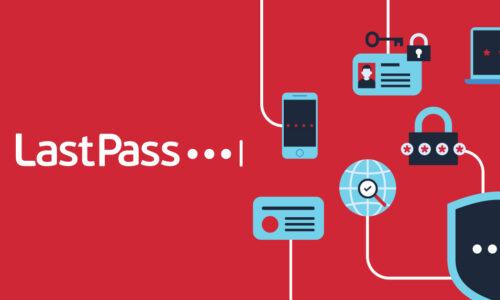Corporate credential theft is a cybersecurity threat that can have significant consequences for organizations. Understanding what happens to stolen credentials can help in developing strategies to protect against such threats.
How Cybercriminals Exploit Stolen Credentials
What is corporate credential theft?
Credentials are a unique set of attributes used to identify a specific person, organization, or account that are used to access sensitive or gated information and associated accounts. Corporate credential theft involves the unauthorized acquisition of an organization’s login credentials, which can then be used for malicious purposes such as data breaches and financial fraud.
Sale and trade of stolen credentials on the dark web
Once cybercriminals obtain an organization’s credentials, they often sell or trade them on the dark web. These credentials can fetch high prices, especially if they belong to high-profile companies or contain sensitive information. The dark web provides a marketplace for cybercriminals to buy and sell stolen data anonymously.
Credential stuffing and account takeover attacks
Stolen credentials are frequently used in credential stuffing attacks, where cybercriminals use automated tools to try these credentials on various websites and services. If the credentials are valid, they can gain unauthorized access to multiple accounts, leading to account takeovers and further exploitation of the compromised systems.
The role of compromised credentials in data breaches
Compromised credentials are a common entry point for data breaches. Cybercriminals can use stolen login details to infiltrate an organization’s network, access sensitive data, and carry out malicious activities such as data theft, financial fraud, or deploying ransomware. The consequences can be severe, including financial losses, reputational damage, and regulatory penalties.
What steps should an organization take after their credentials have been stolen?
Organizations should immediately reset the compromised passwords, enable multi-factor authentication, conduct a thorough security audit, and monitor for any unusual activity to prevent further damage.
LastPass: Safeguarding Your Credentials
Overview of LastPass password manager
LastPass provides a secure solution for storing and managing passwords conveniently and seamlessly across devices. By using LastPass, organizations can ensure that their credentials are protected with advanced security features.
Features and benefits of LastPass for organizations
LastPass offers several features that enhance security, including a strong password generator, dark web monitoring, and secure password sharing. These features help organizations maintain strong, unique passwords and monitor for any potential threats. LastPass makes it easy to manage access – securely grant or revoke access with a mouse click and peace of mind.
How LastPass ensures the security of your credentials
LastPass uses end-to-end encryption and zero-knowledge architecture, ensuring that only the user can access their stored credentials. Multi-factor authentication (MFA) adds an extra layer of security, making it more difficult for cybercriminals to exploit stolen credentials. Regular security audits and updates further protect against vulnerabilities.
By leveraging cybersecurity tools like LastPass, organizations can significantly reduce the risk of credential theft and enhance their overall security posture.


